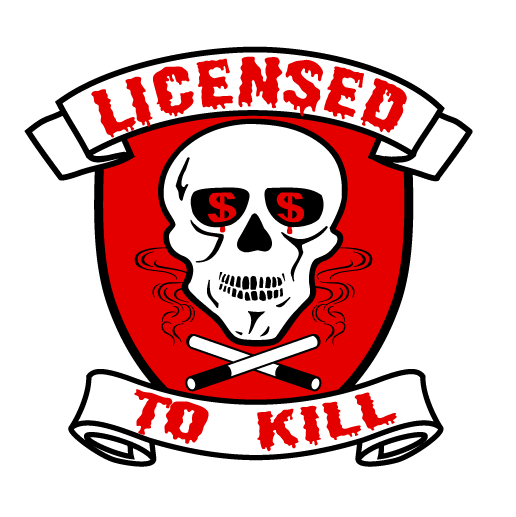Note: This is the 1st of a 3 part series of articles by guest blogger Chris Brown. If you feel inspired to write a guest post of your own, click here to find out how to submit it to us.
To Kill a Product, part 1: Why?
It’s there somewhere, in the quarterly business review, a line item that shows a couple dozen customers, down from a year ago, which was down from the year before. It brings in a little revenue, probably less than a percentage point of total, but revenue being revenue, why not keep cashing the checks?
“It,” of course, is the Product That Wouldn’t Die, its longevity no longer due to any real practical purpose but to management’s reluctance to pull the plug. But pull the plug they should. Even if costs are negligible (and sometimes they’re not), ineffective products divert focus and resources from core and growth products, and ultimately dilute the overall value proposition of the business.
The role of the product manager includes performing the kill analysis – thoughtful, thorough and completely unbiased – and, if necessary, making a recommendation that is best for the business.
Why the hard decision might be the right decision
Why should an organization kill a product, particularly if it generates even a small amount of incremental revenue? The first reason should be obvious: The product isn’t profitable. But products that are clearly bleeding money are not what we’re really discussing here. The harder decisions have to be made for products that have some revenue, some customers, have low or justifiable costs, but no long-term plan, prospects or strategic relevance.
Here are some examples of how a moribund product can have a draining, distracting effect on an organization and its customers:
On the Product team: Product managers and analysts are required to field customer feedback, analyze market data and track KPIs for a product that most likely represents a tiny fraction of the company’s business, and takes focus off of supporting the profitable products and, more importantly, new product discovery and innovation. While the beleaguered product manager is trying to keep a past-its-prime product on life support, her competition is dreaming up the “next big thing.”
On Sales and Marketing: The sales team needs to be trained on a product that very few customers actually use. Often dying products are more complicated than they’re worth (hence, why they’re in decline) and therefore can require a disproportionate amount of time and knowledge to effectively sell and support. Marketing, in addition, needs to account for these products in their collateral and messaging, adding not only to expense, but to the clutter they’re continually tasked to cut through.
On Customer Support: The best customer support teams are fluent in all the products in your company’s portfolio, even those with a small number of customers. But customers of troubled products can often fill up a Customer Support’s team queue, generating a disproportionate number of phone and email support tickets. Meanwhile, customers of more profitable products are left on hold or waiting for their email response.
On Technology: Not only can there be hard technology costs associated with supporting a product, such as server and bandwidth expenses, but also the time required to maintain both internal and external (e.g. customer-facing) processes. After all, if a product breaks, even one with relatively few customers, someone has to fix it.
On customers: With customers there’s a risk that the poorly performing product becomes a customer’s focal point, and that its performance, presumably poor, will be used as ammunition in contract negotiations or, worse, as a proxy for all the company’s products. This can present considerable sales challenges and erode the company’s reputation.
All of these distractions have associated costs, which can be harder – though not impossible – to quantify. If a kill decision is particularly contentious, it may be necessary to put a dollar amount on these costs, which can be calculated by multiplying the number of hours spent supporting the product by the estimated hourly salary of the individuals doing the supporting.
The most important reason why ineffective products need to be killed, though, is because they dilute the company’s overall value proposition. If you can measure the total value your products deliver (and you should), perennially poor performing products will naturally drag down the sum of that equation. And with that downward pressure on value come declines in employee morale, confidence in senior management, and customer loyalty. No one wants to manage a dying product. No one wants to sell, support or, certainly, buy a dying product, either. To preserve its overall value, focus resources on core initiatives and customers, and maintain a vibrant workplace, a company should be willing and able to quickly put underperforming products to pasture.
– Chris Brown
Chris is vice president of product management at Apartments.com, a division of Classified Ventures, LLC. Email him at [email protected] or follow him @Brown784
Coming up in this series:
Part 2: When is it time to kill a product?
Part 2 offers up six areas to keep an eye on for telltale signs. It’s examining these areas that will help product managers build the case to kill or keep a product.
Part 3: How do you kill a product?
You’ve made the decision to pull the plug, now follow these steps to ensure a smooth sun-setting process.